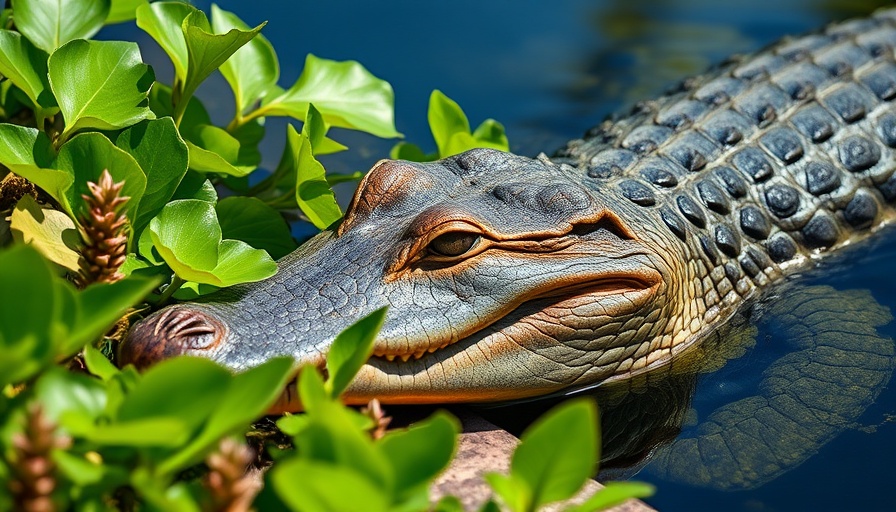
The Dance Between Humans and Leopards in India
In the outskirts of Bengaluru, the dance between humans and one of nature's most elusive predators, the leopard, is unfolding under an increasingly urban sky. Suresh Raj, a 73-year-old gunsmith, stands as a testament to this shared territory. Living within the confines of Bannerghatta Biological Park, he recounts the realities of cohabiting with leopards. Over the past several months, three of his beloved dogs have fallen prey to these magnificent creatures, a fact he accepts without animosity. “It’s very normal for leopards to take our dogs — not something I’d resent, living in the forest,” he shares, highlighting a complex coexistence between wildlife and urban development.
Understanding the Urban Wildlife Crisis
Bengaluru, a metropolis bustling with over 14 million residents, has become a surprising refuge for leopards. With an estimated population of 80-85 leopards, it outpaces Mumbai, historically thought to have the highest leopard density in the world. This urban jungle offers fragmented habitats peppered with suburban developments, a precarious mix that raises alarm for wildlife conservationists and local residents alike.
Faced with rapid urbanization, wildlife is squeezed into dwindling natural habitats. India's leopards, classified as vulnerable by the IUCN, have not only adapted to this environment but continue to thrive amid human encroachment. Understanding this urban wildlife crisis is essential as these apex predators navigate their struggle for survival while sharing space with humans who often fear their presence.
Building Bridges, Not Walls
As people like Suresh adjust to the realities of having leopards as neighbors, a cultural shift is crucial. Many locals express mixed feelings about leopards. While some feel fear and uncertainty — avoiding outdoor activities at night — others, like a resident of Sobha Forest View, advocate for a more balanced view. “It’s not that bad or scary. They’re on their territory,” she insists, underscoring that not all residents see leopards as a threat but rather as a natural part of their shared habitat.
This dialogue is vital in fostering a harmonious environment. Bridging the gap between wildlife and urban life can lead to safer communities where both humans and leopards can exist without conflict. Education about social tolerance towards these big cats could mitigate fears and raise awareness of the necessity of preserving their habitats.
Preserving Leopard Habitats: An Urgent Call
As Bengaluru becomes increasingly crowded, preserving leopard habitats has never been more urgent. The encroachment into natural spaces threatens not only the leopards but other endangered species coupled within these ecosystems — tigers, elephants, and dholes are in peril as habitats shrink. Protecting these regions is not just about wildlife; it’s about ensuring a balanced ecosystem that enriches the human experience as well.
Efforts from organizations like the Holématthi Nature Foundation underline the necessity for conservation initiatives. Legal protections for leopards, as categorized under Schedule I of the Wild Life (Protection) Act, 1972, offer a framework for these initiatives but require active community involvement and support to thrive.
How Residents Can Make a Difference
Residents can play a crucial role in conservation efforts by advocating for better habitat preservation policies and participating in community dialogue. Simple actions, such as promoting wildlife-friendly practices and spreading awareness, can create significant change. Supporting local wildlife initiatives or participating in habitat restoration projects can foster stronger connections between neighbors caring for both their community and its wildlife.
Empowering Our Wildlife Culture
In a world rapidly dominated by urban life, recognizing and supporting the wildlife culture surrounding us is critical for future generations. By understanding the inherent values of wildlife, such as leopards, and respecting their roles in our ecosystems, we can ensure that future communities will thrive alongside these majestic predators. Besides, who wouldn’t want a magnificent leopard as a neighbor if it means fostering a richer, more connected living environment?
Adopting an attitude of coexistence over conflict might enable everyone — humans and leopards alike — to navigate this ever-evolving landscape together.
 Add Row
Add Row  Add
Add 




Write A Comment